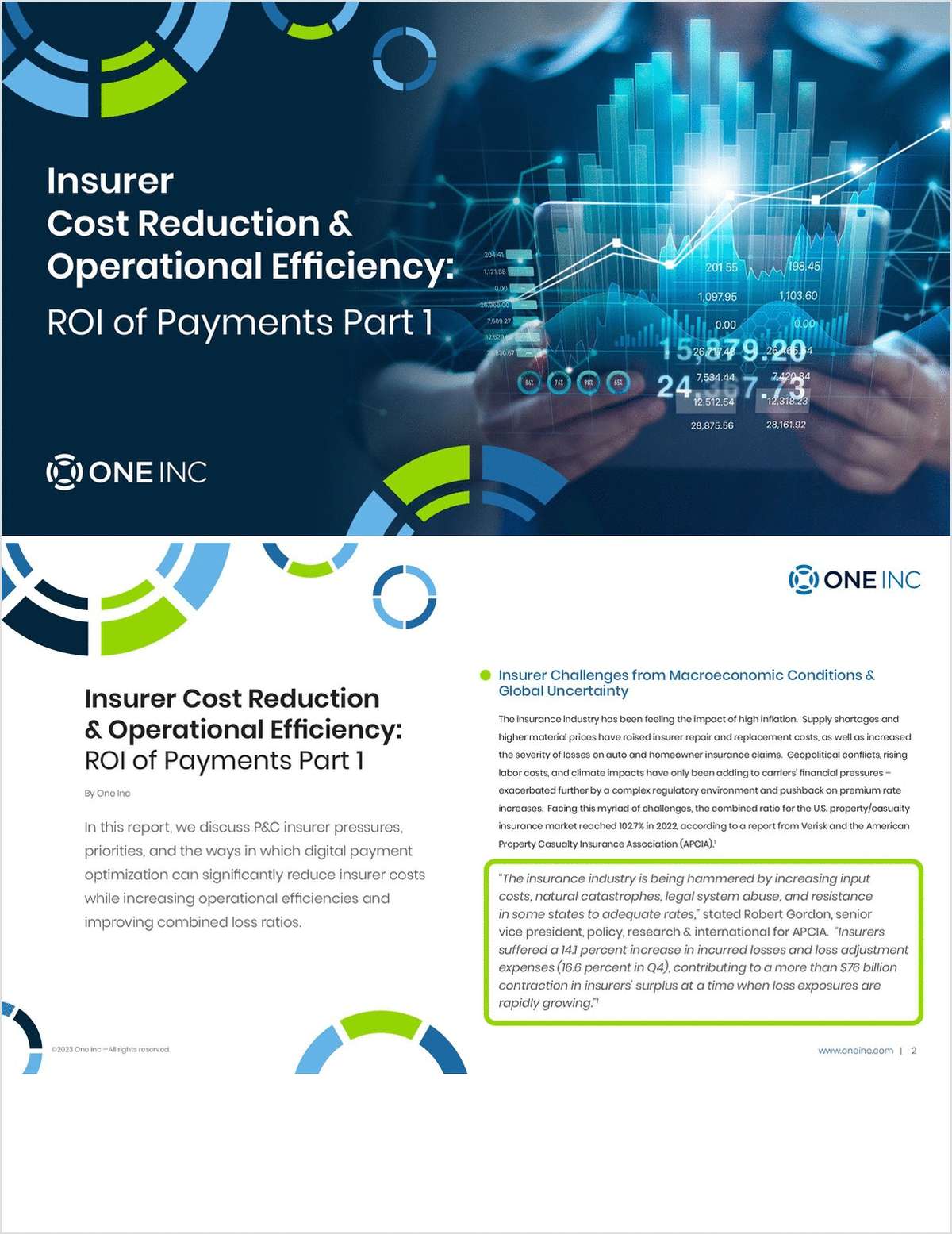NU Online News Service
Risk management executives know that protecting their company's supply-chain is important, but many fail to properly manage the risk to it, according to a recent survey.
The findings, released by the Economist Intelligence Unit and sponsored by Zurich Switzerland-based insurer ACE, followed a poll of 500 global executives with responsibility for risk management.
Titled "Managing Supply-Chain Risk for Reward," the study reported that while many companies are developing strategies to boost the efficiency and the resilience of their supply chain they still struggle to find effective answers to managing the risks associated with suppliers.
Two thirds of those surveyed said they were initiating risk assessments of key suppliers while over half said they were working to improve collaboration with their partners and suppliers.
Phil Wall, senior account engineer for ACE said in a statement that the survey's findings are underscored by the Confederation of British Industry calling for businesses to "re-organize and re-examine" their business supply relationships to avoid a "domino effect" of supply chain failures.
"Bearing this in mind, the findings of this latest EIU study are encouraging. It's good to see many companies actively working on strategies to boost the resilience of their supply-chains and make them more cost-effective and efficient," he said.
"However, it's not all good news and we are concerned that many businesses aren't considering supply-chain risk as strategically important and they aren't developing the expertise to deal with it," he continued. "We would urge all companies to take this vital area of their business seriously; supply chain risks should not be ignored."
ACE said more than half of the respondents were affected by rising input costs and swings in energy prices, while a third said that the insolvency of partners or suppliers had caused disruption.
Sixty-two percent of those questioned cited the inability to predict future demand for their products as a major issue and 59 percent said they had been adversely affected by exchange rate fluctuations.
Close to 40 percent of respondents saw continuing unfavorable exchange rates as the key concern for their supply-chains in 2010. This was followed closely by fears over input price increases and energy price hikes.
Declining customer confidence, the introduction of protectionist measures by governments and further supplier insolvencies were also viewed as challenges.
Addressing these issues the majority of respondents said their organizations were taking significant steps to increase the resilience of their supply-chain.
Improving the efficiency of their supply-chains is also a priority. In an effort to contain costs, over 57 percent reported that they had negotiated lower prices from suppliers over the last year and over a third claimed to have sought increased efficiency from their logistics and increased their reliance on outsourcing. Over a third planned to move from single to multiple suppliers.
ACE said that while these tactical measures are welcome steps in the right direction, the survey strongly indicated that many companies may still fail to appreciate the potential impact of risks to their supply-chain.
A copy of the report is available at www.aceeuropeangroup.com.
Want to continue reading?
Become a Free PropertyCasualty360 Digital Reader
Your access to unlimited PropertyCasualty360 content isn’t changing.
Once you are an ALM digital member, you’ll receive:
- Breaking insurance news and analysis, on-site and via our newsletters and custom alerts
- Weekly Insurance Speak podcast featuring exclusive interviews with industry leaders
- Educational webcasts, white papers, and ebooks from industry thought leaders
- Critical converage of the employee benefits and financial advisory markets on our other ALM sites, BenefitsPRO and ThinkAdvisor
Already have an account? Sign In Now
© 2024 ALM Global, LLC, All Rights Reserved. Request academic re-use from www.copyright.com. All other uses, submit a request to [email protected]. For more information visit Asset & Logo Licensing.








